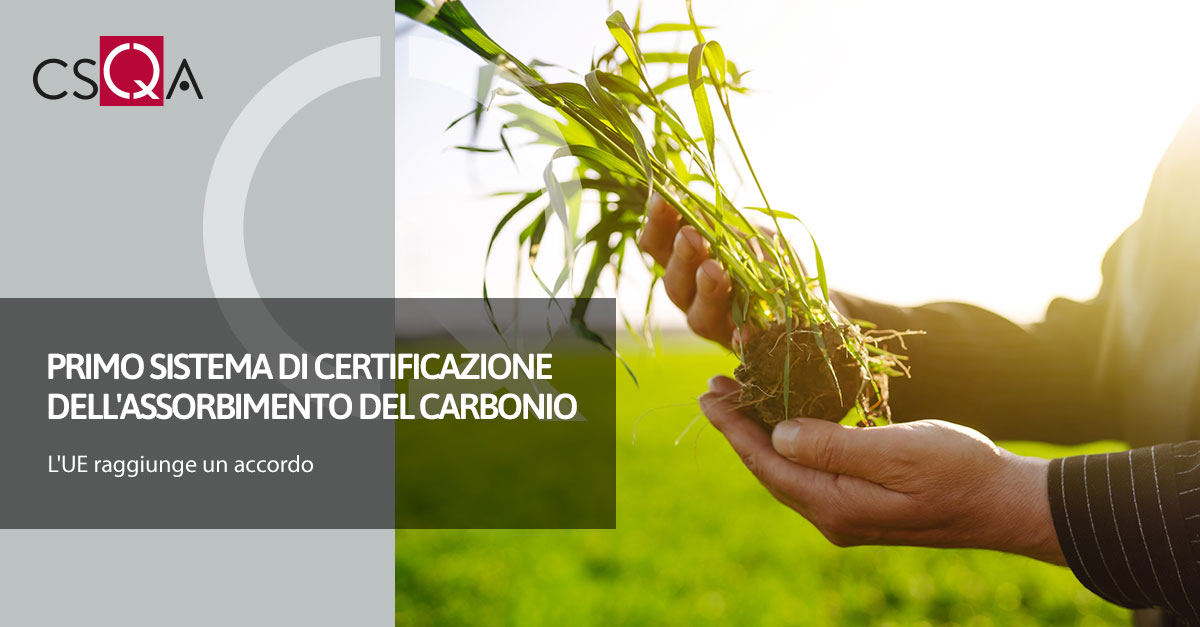 European Union lawmakers have reached political agreement on a proposal to establish the world's first registry for certified carbon dioxide removals from green agricultural practices and industrial processes.
European Union lawmakers have reached political agreement on a proposal to establish the world's first registry for certified carbon dioxide removals from green agricultural practices and industrial processes.
Planting trees, which absorb CO2 from the atmosphere as they grow, is now the most popular form of carbon removal, but industrial technologies are also being developed, such as Direct Air Capture (DAC), where giant fans extract CO2 from the atmosphere and store it permanently.
The provisional agreement reached between the European Parliament and the Council of EU Member States aims to boost high-quality carbon removal in the EU to reach the Union's goal of reducing emissions to net zero by 2050.
The European Commission presented the proposal in November 2022.
This is the first step towards the creation of an EU-wide registry that will allow the exchange of carbon absorption units corresponding to one tonne of CO2 removed from the atmosphere.
“Carbon removals are moving forward,” said MEP Lídia Pereira, Parliament's spokesperson on the proposal.
The new certification scheme will " prevent greenwashing and promote private investment in carbon removals" , he added, saying this will also help develop the voluntary carbon market.
Four types of removals
The new EU framework distinguishes four types of carbon removals:- Permanent carbon removals , such as direct air capture and bioenergy with carbon capture and storage, which can store CO2 for several centuries.
- Temporary storage of carbon in long-lasting products such as wood-based construction, for at least 35 years.
- Temporary storage of carbon from carbon farming , such as forest and soil restoration, wetland management and seagrass meadows (minimum five years).
- Reduction of soil emissions achieved by carbon farming , such as wetland management, no-tillage, and cover crop practices (five-year minimum).
Avoided deforestation projects will not be considered for certification.
However, EU legislators have explicitly added carbon removals from marine environments as eligible in the scope.
“Over time, this will create an important additional business model for farmers and foresters,” commented Wopke Hoekstra, European Climate Commissioner.
For the moment , certification remains voluntary.
However, only certified units can be used to achieve the EU's climate goals and Nationally Determined Contribution (NDC) under the Paris Agreement, the statement adds, incentivizing governments to get the ball rolling.
Removals will be subject to monitoring and operators will be "required to address any reversal cases" where CO2 is accidentally released into the atmosphere, such as when forests are cut down or disappear due to pests or fires.
Next step: certification methodologies
The next step is for the Commission to "develop tailor-made certification methodologies for different types of carbon absorption activities" based on four criteria:- quantification,
- additionality,
- long-term storage
- sustainability.
An EU-wide electronic register for certification units is expected to be created "within four years" of the entry into force of the Regulation. (Source: https://www.euractiv.com/ )